Entry Category: Historic Preservation
Arkansas Tech University Museum
aka: Tech Museum
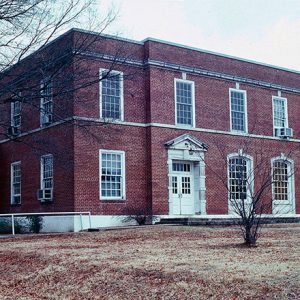 Arkansas Tech University Museum
Arkansas Tech University Museum
Arlington Hotel
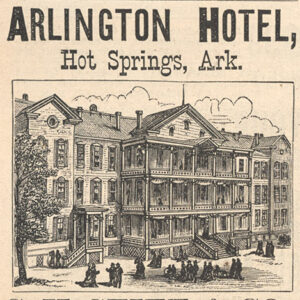 Arlington Hotel Ad
Arlington Hotel Ad
Arts & Science Center for Southeast Arkansas
 ARTS Antenna
ARTS Antenna
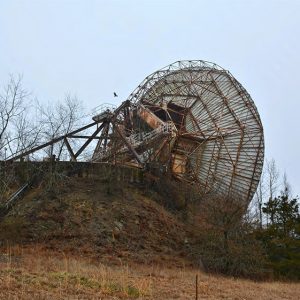 ARTS Antenna
ARTS Antenna
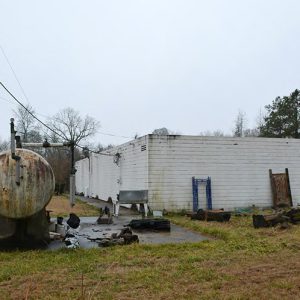 ARTS Building
ARTS Building
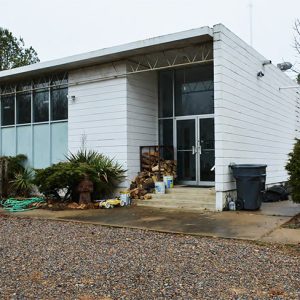 ARTS Building
ARTS Building
 Ashley Grave
Ashley Grave
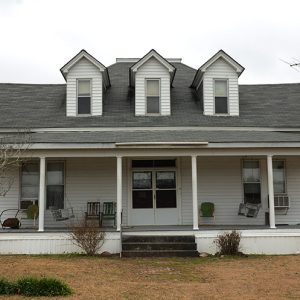 Henry Atchley House
Henry Atchley House
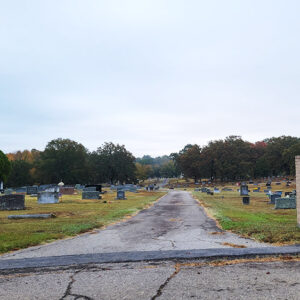 Atkins Cemetery
Atkins Cemetery
Atkinson, James Harris (J. H.)
 J. H. Atkinson
J. H. Atkinson
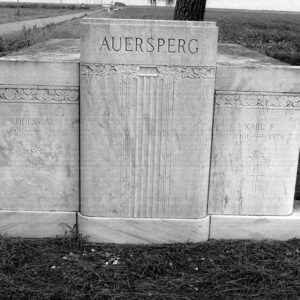 Auersperg Memorial
Auersperg Memorial
 Augusta Heritage Center
Augusta Heritage Center
Augustus Garland House
 Augustus Garland House
Augustus Garland House
 Aviation Cadet Museum
Aviation Cadet Museum
 Bernie Babcock
Bernie Babcock
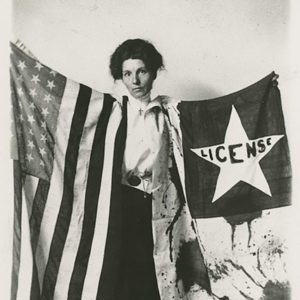 Bernie Babcock, Suffragist
Bernie Babcock, Suffragist
Babcock, Bernie
aka: Julia Burnelle Smade Babcock
 Bailey’s Dairy Treat
Bailey’s Dairy Treat
 Baker House
Baker House
Baker House
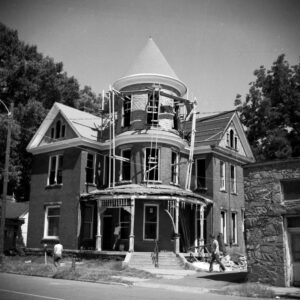 Baker House Repairs
Baker House Repairs
Band Museum
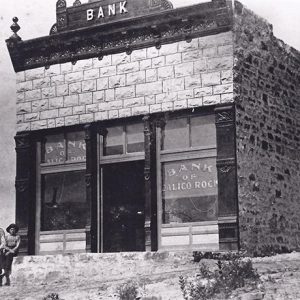 Bank of Calico Rock
Bank of Calico Rock
Bank of Carthage
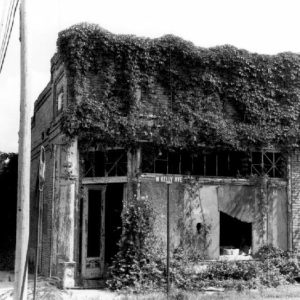 Bank of Carthage
Bank of Carthage
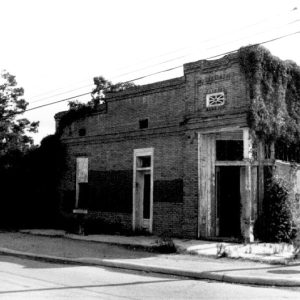 Bank of Carthage
Bank of Carthage
 Bank of Carthage
Bank of Carthage
Bank of Eureka Springs Museum
Bank of Malvern Building
 Bank of Malvern Founding
Bank of Malvern Founding
Bank of Osceola
 Banks Home
Banks Home
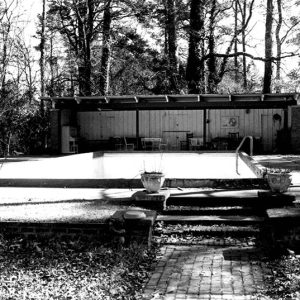 Banks Swimming Pool
Banks Swimming Pool
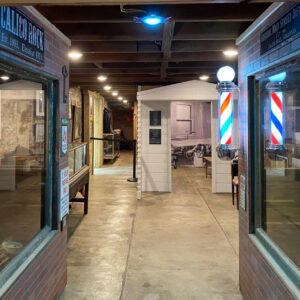 Barber Display
Barber Display
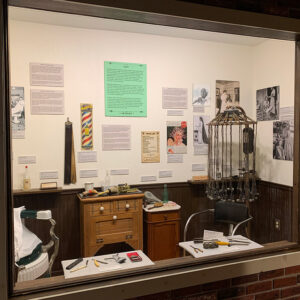 Barbershop/Beauty Parlor Display
Barbershop/Beauty Parlor Display
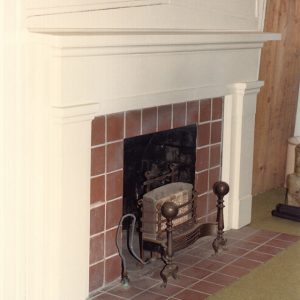 Barkman House
Barkman House
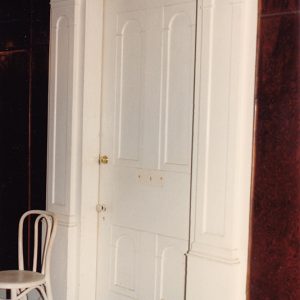 Barkman House Interior Door
Barkman House Interior Door
 Barkman House Staircase
Barkman House Staircase
 James E. M. Barkman House Exterior Door
James E. M. Barkman House Exterior Door
Barron-Craig House
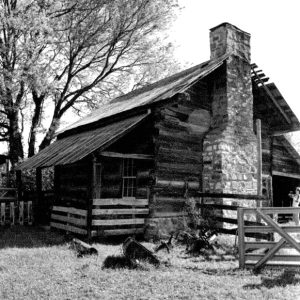 Barron-Craig House
Barron-Craig House
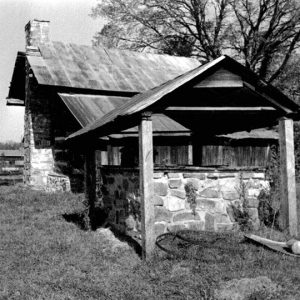 Barron-Craig House
Barron-Craig House
 Barron-Craig House
Barron-Craig House
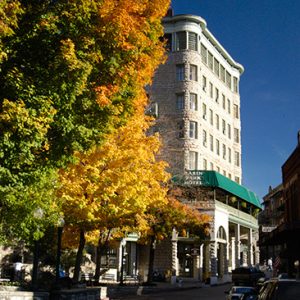 Basin Park Hotel
Basin Park Hotel




